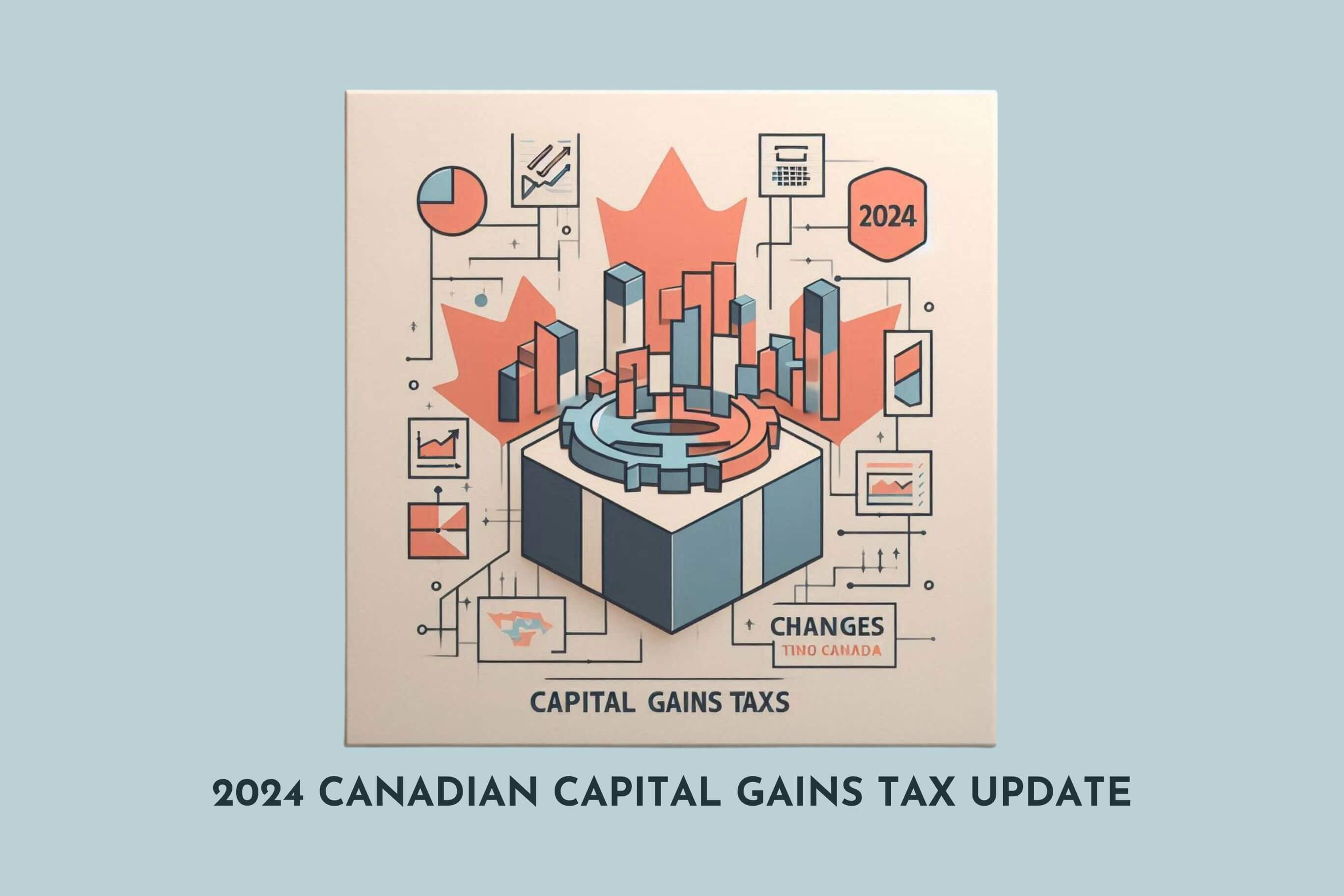
2024 Canadian Capital Gains Tax Update: Who Needs to Pay?
The proposed changes to Canada’s capital gains tax system
have been introduced as part of the 2024 budget. The primary goal is to
generate additional revenue for the government. By increasing the “inclusion
rate” from one-half to two-thirds on capital gains above $250,000, the
government aims to ensure that high-income earners and investors contribute
more to the tax system. However, it’s essential for individuals to stay
informed about these changes and seek professional advice to navigate their
impact on personal financial planning. 📊💡
Key Takeaways
Before diving into the details, let’s summarize the
proposed changes to Canada’s capital gains tax:
1. Inclusion
Rate Increase: The 2024 budget proposes raising the “inclusion rate”
from one-half to two-thirds on capital gains above $250,000 for individuals.
This means that for the first $250,000 in capital gains, an individual taxpayer
would continue to pay tax on 50% of the gain. For every dollar beyond $250,000, two-thirds would be taxable.
2. Tax
Rate Adjustments: The tax rates for capital gains depend on factors such as
the type of asset, how long you owned it, your taxable income, and filing
status. Holding onto an asset for more than a year before selling generally
results in a more favorable tax treatment. In 2024, individuals’ taxable income
can be up to $47,025 to skip capital gains taxes with a 0% rate (up from
$44,625 in 2023). Married couples filing jointly can get the 0% rate if their
taxable income doesn’t exceed $94,050 (up from $89,250).
Now, let’s delve deeper into the proposed changes and how
they might impact you.
Understanding Capital Gains Taxes
When you sell an asset (such as stocks, bonds, real estate,
or cryptocurrency) for a higher price than its original value, the profit from
that sale is called a capital
gain. Conversely, if you sell an asset at a loss, it’s
considered a capital loss. The net capital gain is the
difference between your capital gains and losses.
Is there any difference between Long term and Short Term?
In Canada, capital gains are subject to the same tax rates
regardless of how long you've owned the asset. Here's how capital gains are
taxed:
- Capital
Gains Tax Rates: Capital gains are included in your income and taxed at
your marginal tax rate. For individuals, this rate can range from 10% to
37%, depending on your total income and province of residence.
- Example
of Short-Term and Long-Term Gains: If you sell an asset within one year of
acquiring it, any gain is considered a short-term capital gain. If you
hold the asset for more than one year before selling, any gain is
considered a long-term capital gain.
- Tax
Treatment: Regardless of whether the gain is short-term or long-term, it
is taxed at your marginal tax rate.
Capital Gains Tax Rates for 2024
The capital gains tax rates for 2024 are as follows:
· 0% Rate:
Individuals with taxable income up to $47,025 (or married couples filing
jointly with income up to $94,050) can skip capital gains taxes altogether.
This threshold has increased from 2023 levels.
·
Progressive Rates: For
capital gains beyond the 0% threshold, the rates vary based on your income. The
highest rate is 37% for short-term gains.
Proposed Changes in 2024
The 2024 budget proposes a significant change to the
capital gains tax system. The “inclusion rate” (the portion of capital gains
subject to tax) would increase from one-half to two-thirds for gains above
$250,000. Here’s how it works:
·
Up to $250,000 in capital gains: Taxed at the existing
one-half inclusion rate (50%).
·
Beyond $250,000: Two-thirds of the gain would be taxable.
This change aims to generate additional revenue but may
impact high-income earners and investors.
Additional Considerations
Table: Tax Rates for Different Asset Types
|
Asset Type |
Short-Term Rate |
Long-Term Rate |
|
Stocks |
10% - 37% |
0% - 20% |
|
Real Estate |
10% - 37% |
0% - 20% |
|
Bonds |
10% - 37% |
0% - 20% |
|
Cryptocurrency |
10% - 37% |
0% - 20% |
List: Tips for Managing Capital Gains Taxes
1. Hold
Assets Long-Term: Whenever possible, hold onto your investments for more than a
year to benefit from lower long-term capital gains tax rates.
2. Tax-Loss
Harvesting: Offset capital gains by selling assets with losses. This strategy
can help reduce your overall tax liability.
3. Maximize
Tax-Advantaged Accounts: Contribute to tax-advantaged accounts like IRAs and
401(k)s to defer taxes on investment gains.
4. Consider
Charitable Donations: Donating appreciated assets to charity can provide tax
benefits while supporting a cause you care about.
5. Stay
Informed: Keep track of tax law changes and consult a tax professional to
optimize your financial strategy.
Conclusion
- Understanding capital gains taxes is crucial for anyone
buying, selling, or investing in assets. Keep an eye on legislative updates, as
changes can affect your financial planning. Consult a qualified financial
advisor to navigate these complexities and optimize your tax strategy.
- Remember, tax laws can be intricate, so seek professional advice tailored to your specific situation. Stay informed, plan wisely, and make informed decisions regarding your capital gains
ASAN Can Help
Empower your financial future with ASAN's expert guidance on Canadian Capital Gains and aligning investments with your goals for true financial freedom.
Ready to take the next step?
Contact Us
📞 Phone: +1(613)-981-7097
🌐 Website: asangroupinc.com
Disclaimer:
The information provided in this blog is intended for general guidance and informational purposes only and should not be considered as professional accounting, audit, or assurance advice. Please consult with a certified professional for specific advice tailored to your situation.

